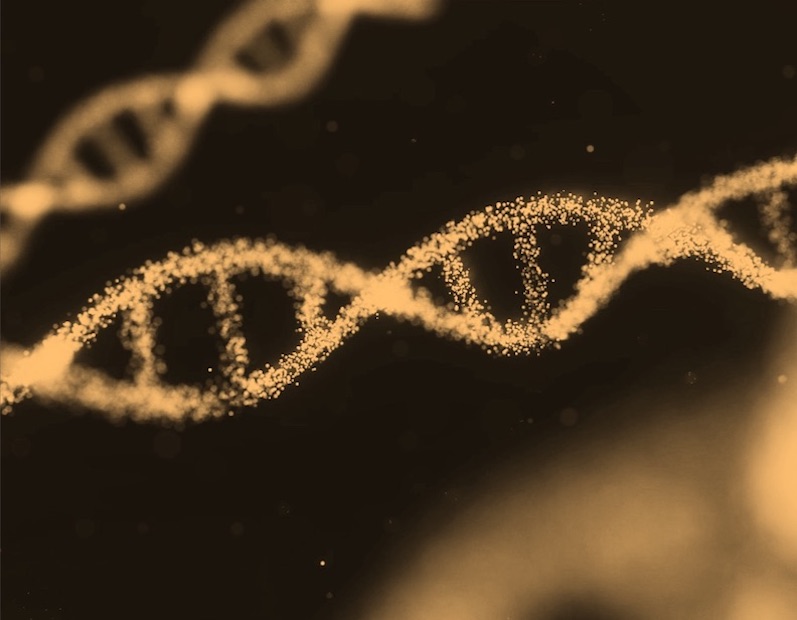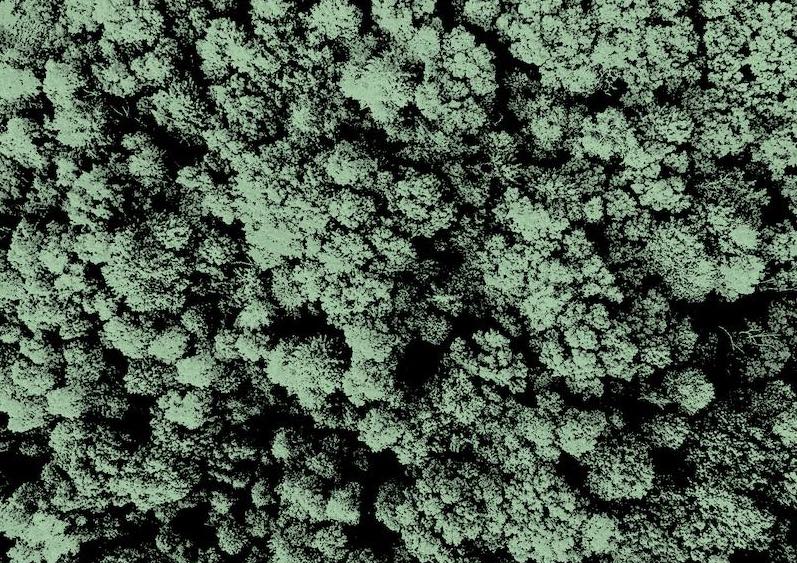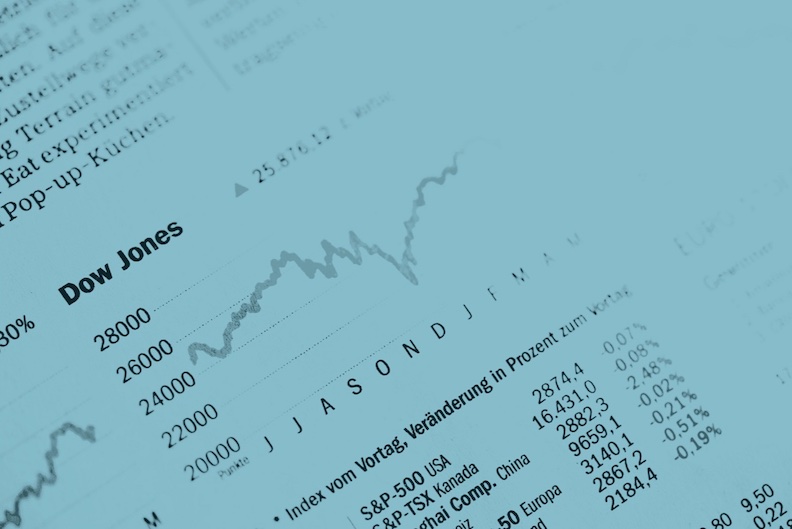What is it about?
This article presents evidence from archival sources that allows us to reconstruct the commercial networks that permitted the continuous flow of silver and gold from northern New Spain to Asia during the early modern era. These networks obtained various consumer goods – fabrics, spices, porcelain – that were then introduced into Spanish American markets. The narrative follows the bullion through its journey from the production center in San Luis Potosi to the Pacific and Asia.
Featured Image

Photo by Raimond Klavins on Unsplash
Why is it important?
The vantage point contributes to the construction of a polycentric view within the framework of global history by assessing the role played by the American and Asiatic possessions of the Hispanic Empire in the first globalization. Using a methodological framework provided by social network analysis, the article presents a study of two commercial networks based in New Spain and extending to the Philippines and Peru. The essay underlines the role merchants played in mobilizing precious metals to accelerate exchanges and generate extraordinary profit margins.
Perspectives
The article constitutes the latest outcome of a research agenda that includes a book ("La Golosina del Oro") and three other research articles. It is the first time I have published this information in English, trying to reach a broader audience interested in the subject but might not read Spanish texts.
Sergio Tonatiuh Serrano Hernández
City College of New York
Read the Original
This page is a summary of: Producing Gold and Silver to Globalize the Economy during the Early Modern Era: San Luis Potosi and the Pacific Trade with Asia, Asian review of World Histories, January 2022, Brill,
DOI: 10.1163/22879811-12340104.
You can read the full text:
Resources
Contributors
The following have contributed to this page







